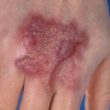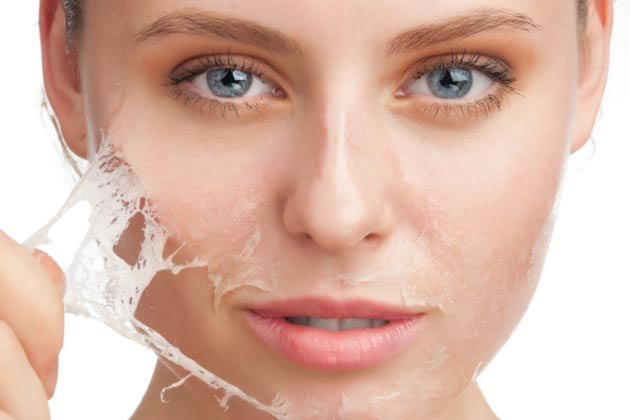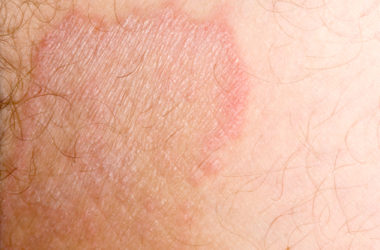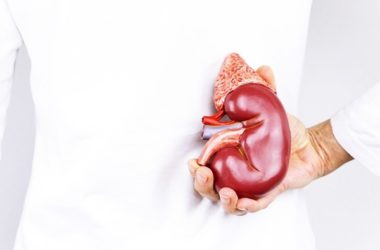The most basic definition of dermatitis is the inflammation or swelling of the skin. The condition causes itchy and red rashes on the skin, although there are slight variations on the appearance of rash according to how long the problem has been going on. For instance, the rash of acute dermatitis is accompanied by blisters while the rash of subacute dermatitis has crusting and scaling. The rash of chronic dermatitis has thickened skin or what’s medically referred to as lichenification.
Dermatitis comes in different types, depending on the mechanism of the cells of the affected skin areas or the causative agent. Below are some examples of dermatitis types and their respective causes:
- Allergic contact dermatitis – This happens when the skin comes into contact with substances that the immune system recognizes as foreign. Contact with the likes of poison sumac, poison ivy, poison oak or certain preservatives in cosmetic products may cause allergic contact dermatitis.
- Irritant contact dermatitis – Irritation of the skin due to constant friction or pressure may cause irritant contact dermatitis. For instance, frequent hand washing or lip licking may cause the skin to get inflamed and itchy.
- Atopic dermatitis – Also known as eczema, atopic dermatitis is a chronic skin condition. It is very common among children although people of all ages may suffer from it. Atopic dermatitis is a chronic type of dermatitis, which means it lasts of a long time and repeated flare ups and remission are encountered by those who suffer from it. It is also accompanied by various allergic-type reactions such as asthma, hay fever and excessive skin dryness.
- Stasis dermatitis – This type of dermatitis takes place on the lower legs and ankles due to venous insufficiency, a condition in which the veins found in the lower extremities fail to circulate blood sufficiently.
- Diaper dermatitis – Just like what the name says, this type of dermatitis occurs in infants and very young kids due to the skin’s prolonged contact to wet diapers.
- Dyshidrotic dermatitis – Also known as dyshidrosis or pompholyx, this type of dermatitis takes place on the palms of the hands or the soles of the feet. Characterized by deep and itchy blisters commonly filled with fluid, experts do not really know the cause dyshidrotic dermatitis. They believe, however, that it may have something to do with seasonal allergies.
- Nummular dermatitis – It is a form of chronic dermatitis characterized by the formation of spots on the skin that resemble coins. These itchy spots tend to ooze and end up looking crusty.
- Seborrheic dermatitis – Referred to as cradle cap at times, this type of dermatitis is characterized by the formation of yellow and greasy flakes on the scalp. Seborrheic dermatitis may also occur on the back of the neck and upper chest where there are hairs present. Experts believe that is it caused by excessive sebum production or uncontrolled growth of skin yeast.
- Lichen simplex chronicus – It is characterized by chronic skin itching. Regular scratching causes the affected skin area to end up thick and leathery. Also known as neurodermatitis, experts say that it may occur in people with skin allergies, atopic dermatitis, and even depression, anxiety and other emotional issues.
Dermatitis Prevention
Coming into contact with irritants should be avoided by anyone suffering from dermatitis. According to health authorities, it is also very important to ward off skin dryness in order to minimize having bouts of the skin condition. These are some tips on how to prevent the skin from ending up dry:
- Limit showers or baths to 10 to 15 minutes only. Using warm rather than hot water is recommendable.
- Opt for soaps that do not contain harsh chemicals and other ingredients that may irritate and dry up the skin.
- Apply skin moisturizer after taking a bath to lock in moisture. It’s a good idea to opt for a mild and unscented skin moisturizer to avoid leaving the skin irritated and dry.
Home Remedies for Dermatitis
The following are some effective home remedies for dermatitis:
- Add a cup of raw oatmeal to warm bath water and soak in it for around 15 minutes to soothe skin rashes.
- Apply lukewarm coconut oil on problem areas. This all-natural oil has powerful antimicrobial properties, and it can help relieve itchiness as well as keep the skin moisturized.
- Liberally apply aloe vera gel on affected areas of the skin to help relieve inflammation as well as itchiness.
- Vitamin E oil applied on areas with dermatitis is effective in dealing with the symptoms. Vitamin E, whether applied topically or consumed as a supplement, even promotes healing.
- Applying honey on problem areas helps reduce inflammation and the amount of bacteria present.













